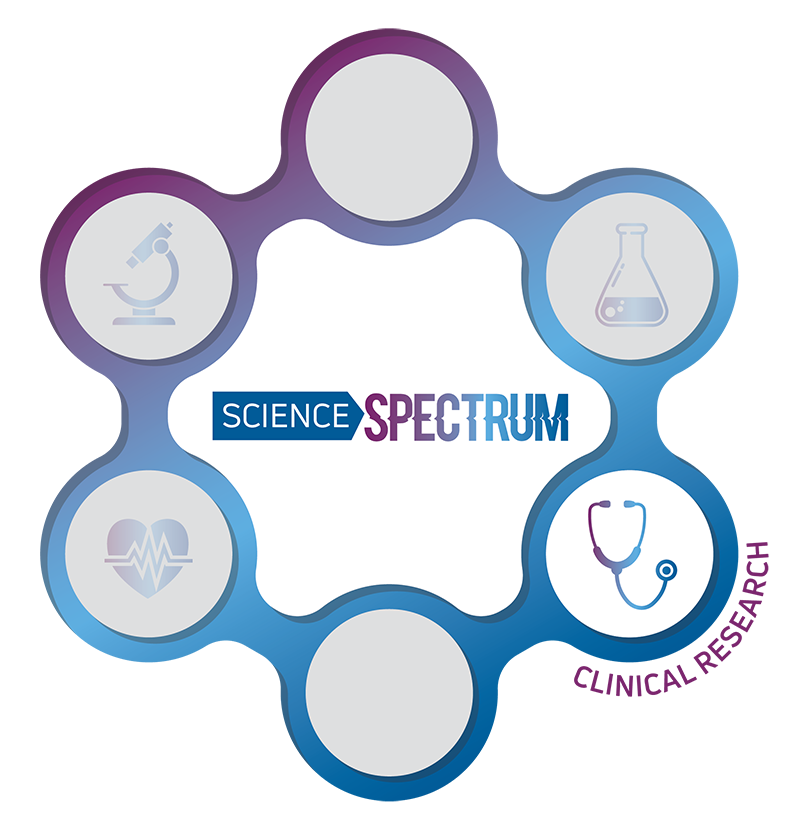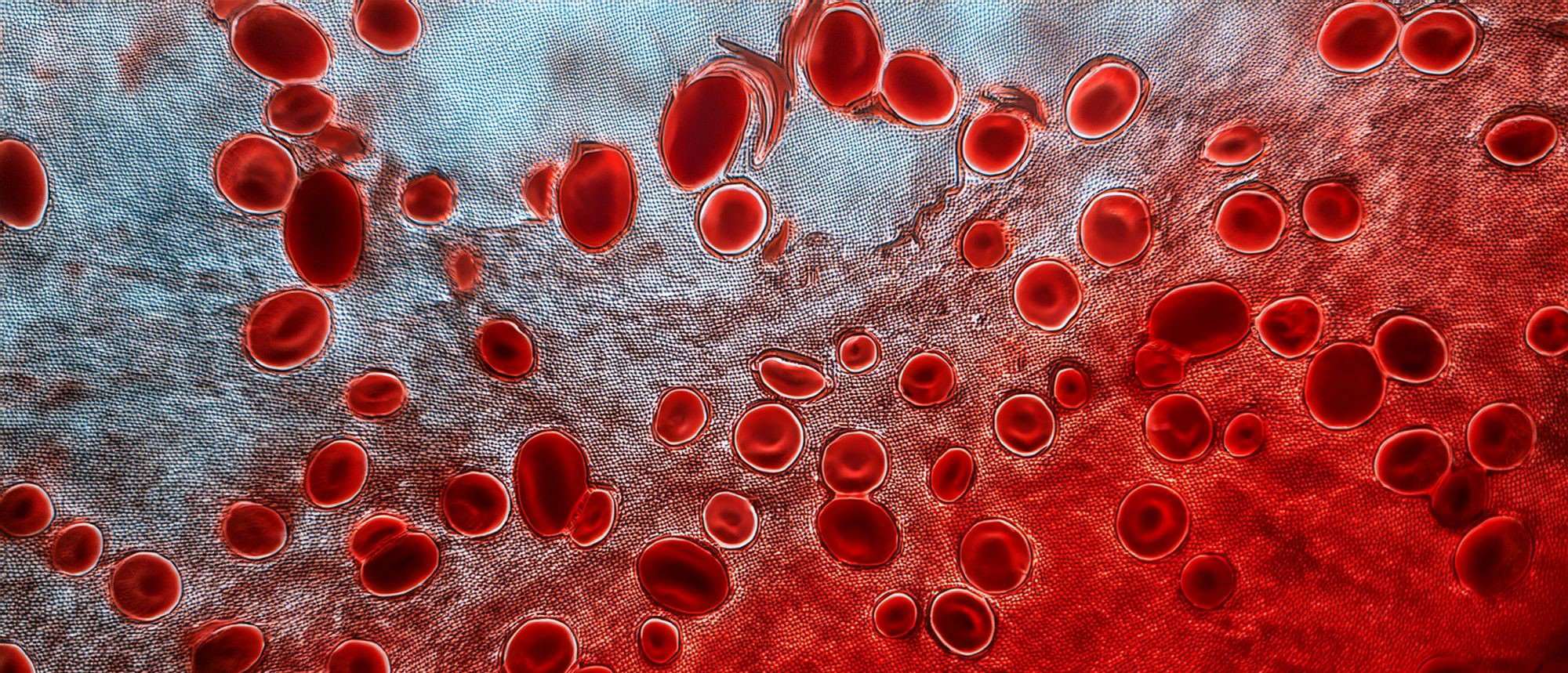Delivering the Verdict: Clinical Trials and Observational Studies

The courtroom is packed yet you could hear a pin drop. After hours upon hours of testimony and lawyers stating their clients’ cases, the jury has come to a decision that only its members know. A note is passed to the judge. The ruling is shared with the audience. With a pounding of the gavel, the legal system renders its judgment, and the parties and audiences can finally react to the outcome and its implications. While less dramatic than the penultimate courtroom scene in a television series, clinical research can similarly determine the fate of an idea for a new treatment. And for those invested in the concept over years of basic science and preclinical research as well as years of clinical trial development, patient recruitment and analysis, the final verdict can be a valley of disappointment or a peak of jubilation. For some patients who have run out of options or suffer from a disease without a treatment, a successful clinical trial can put access to a therapy in sight.
 The defining element of clinical research within the biomedical science spectrum is the participation of human volunteers. Because of the inherent risks involved in testing new therapies on humans, clinical research is subject to federal government regulations designed to protect human research participants. At MCW, clinical research studies are submitted to an Institutional Review Board that evaluates the preclinical research evidence and planned clinical experiments to determine if the clinical research study can proceed.
The defining element of clinical research within the biomedical science spectrum is the participation of human volunteers. Because of the inherent risks involved in testing new therapies on humans, clinical research is subject to federal government regulations designed to protect human research participants. At MCW, clinical research studies are submitted to an Institutional Review Board that evaluates the preclinical research evidence and planned clinical experiments to determine if the clinical research study can proceed.
Two of the most common types of clinical research are clinical trials and observational studies. Clinical trials are designed to determine if a new medical, surgical or behavioral treatment approach is safe and more effective than a current therapy. In a clinical trial, participants are randomly placed into groups that either receive or do not receive a specific treatment for the purposes of comparison. In an observational study, however, researchers follow groups of volunteers to learn more about how behaviors, socioeconomic characteristics, environmental features or other variables may be risk factors or positive influences on health outcomes.
Clinical trials are conducted in phases for safety reasons. The first phase usually includes 20-100 participants and focuses on whether an intervention is safe. Scientists also learn more about which side effects may occur and at roughly what rate. This allows for monitoring and treating patients experiencing these effects in later phases. The second phase of a trial typically involves recruiting 100-300 volunteers. The expanded participant pool allows scientists to conduct more rigorous statistical analyses to determine the effectiveness of the treatment. Treatments that continue to show substantial promise at this point move into phase III trials, which often requires recruiting more than 1,000 participants to definitively prove if a new therapy is ready to be submitted for approval by the Food and Drug Administration.
In June 2021, scientists at the MCW Cancer Center and the MCW Prostate Cancer Center of Excellence launched a trial to test a new treatment for prostate cancer that has returned after initially going into remission. This followed collaborative work since 2016 to continue advancing basic science and preclinical cancer research on the topic. All participants in the study will be treated with pacritinib, a second-generation Jak2 inhibitor drug currently approved by the FDA to treat a type of blood cancer called myelofibrosis. Participants’ prostate-specific antigen (PSA) will be monitored using blood tests throughout the trial. Physicians track the levels of PSA circulating in a patient’s blood to determine the effect of pacritinib on prostate cancer growth. The study team’s main objective is to learn if pacritinib can inhibit prostate cancer growth and thereby decrease PSA levels. This is just one example of a clinical trial at MCW that demonstrates the commitment of researchers to find, scientifically interrogate and render a verdict on innovative ways to better treat both common and rare diseases to deliver improved outcomes for patients and their families.



